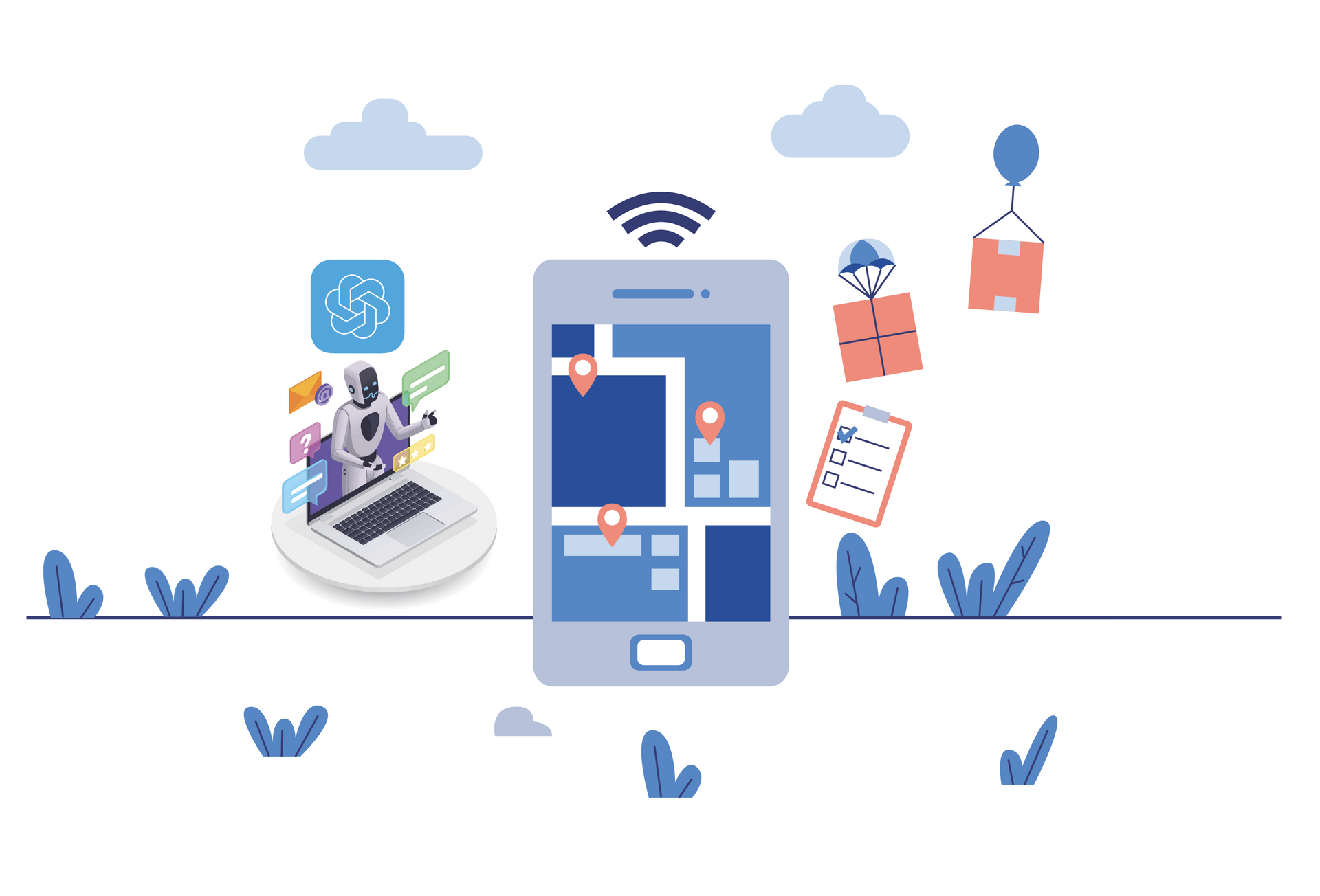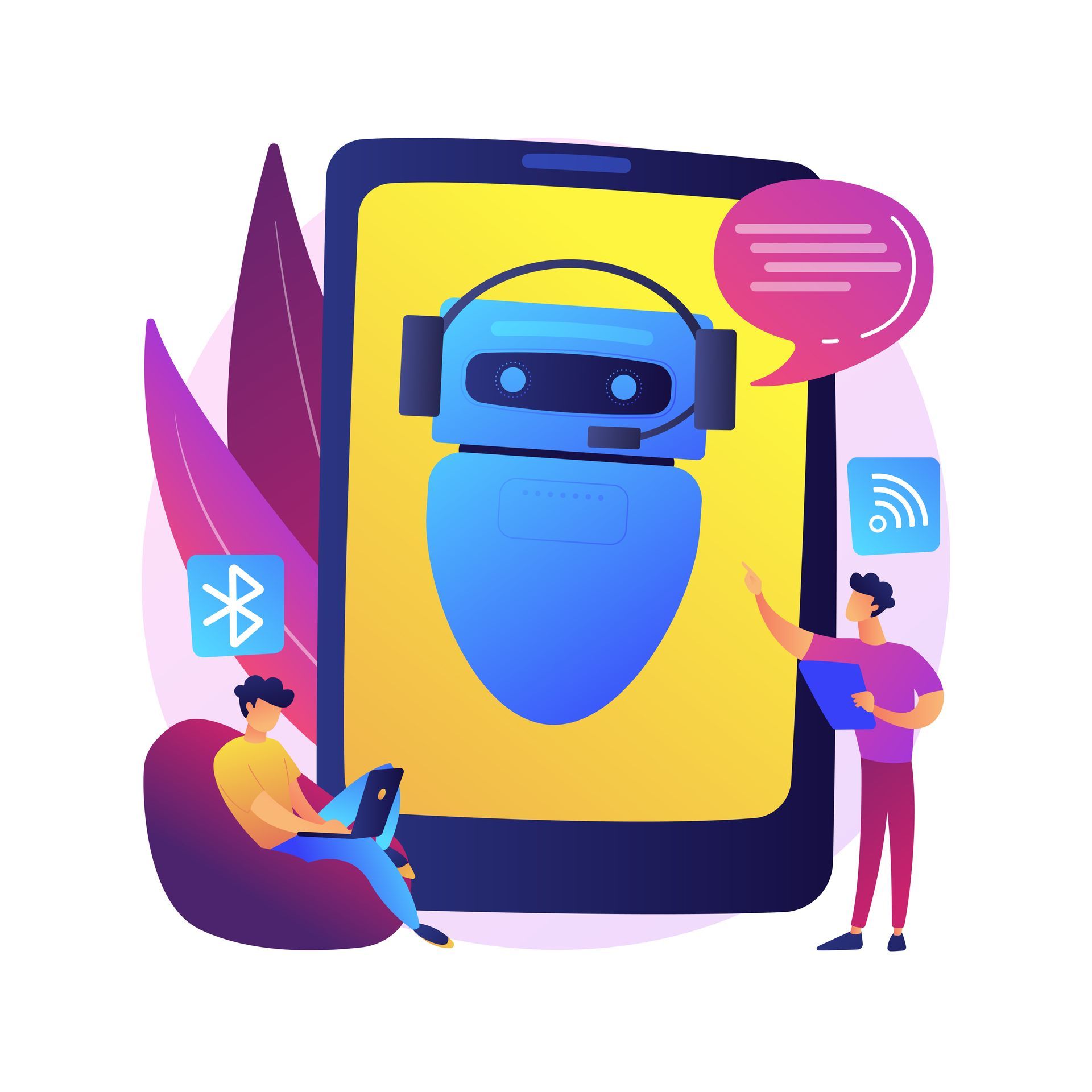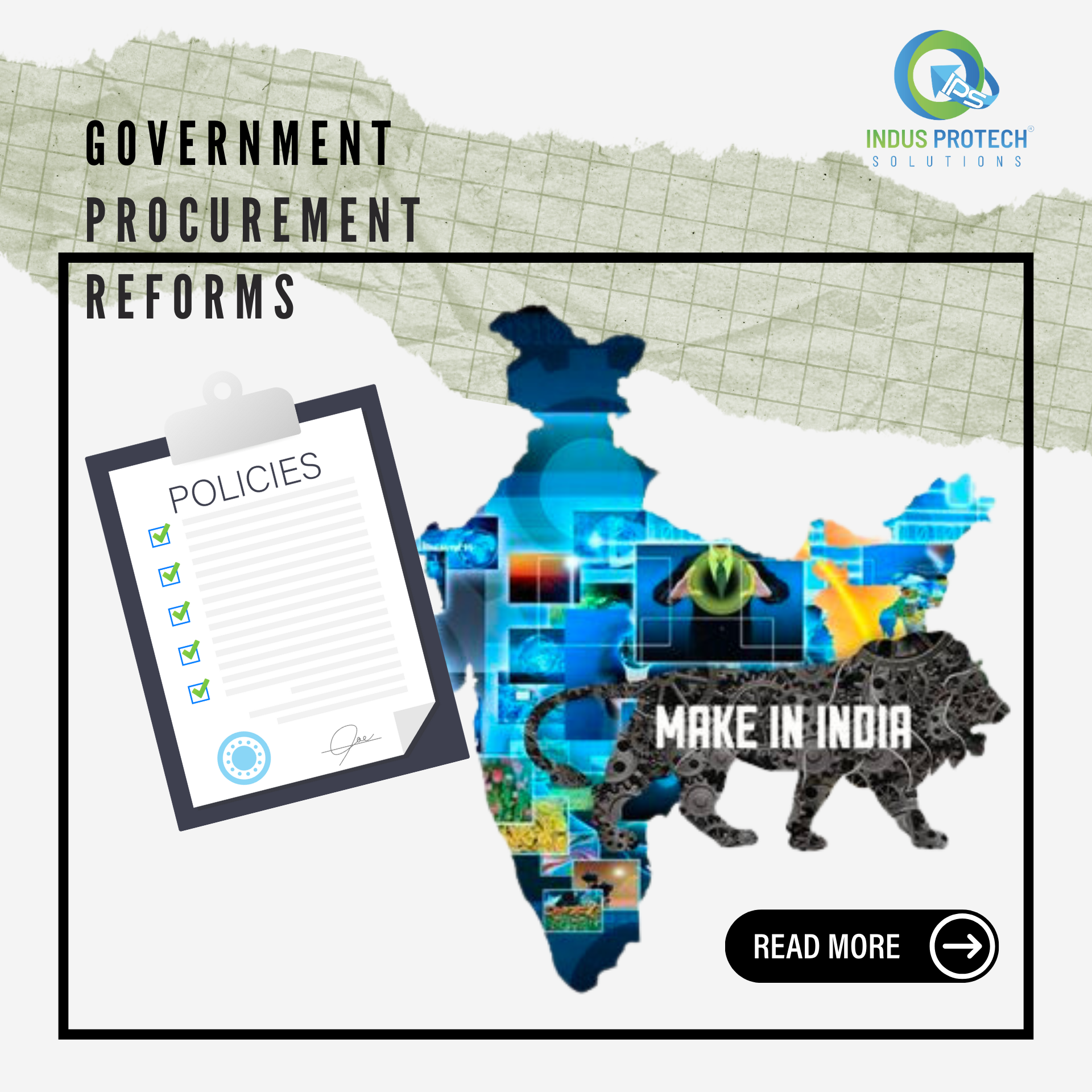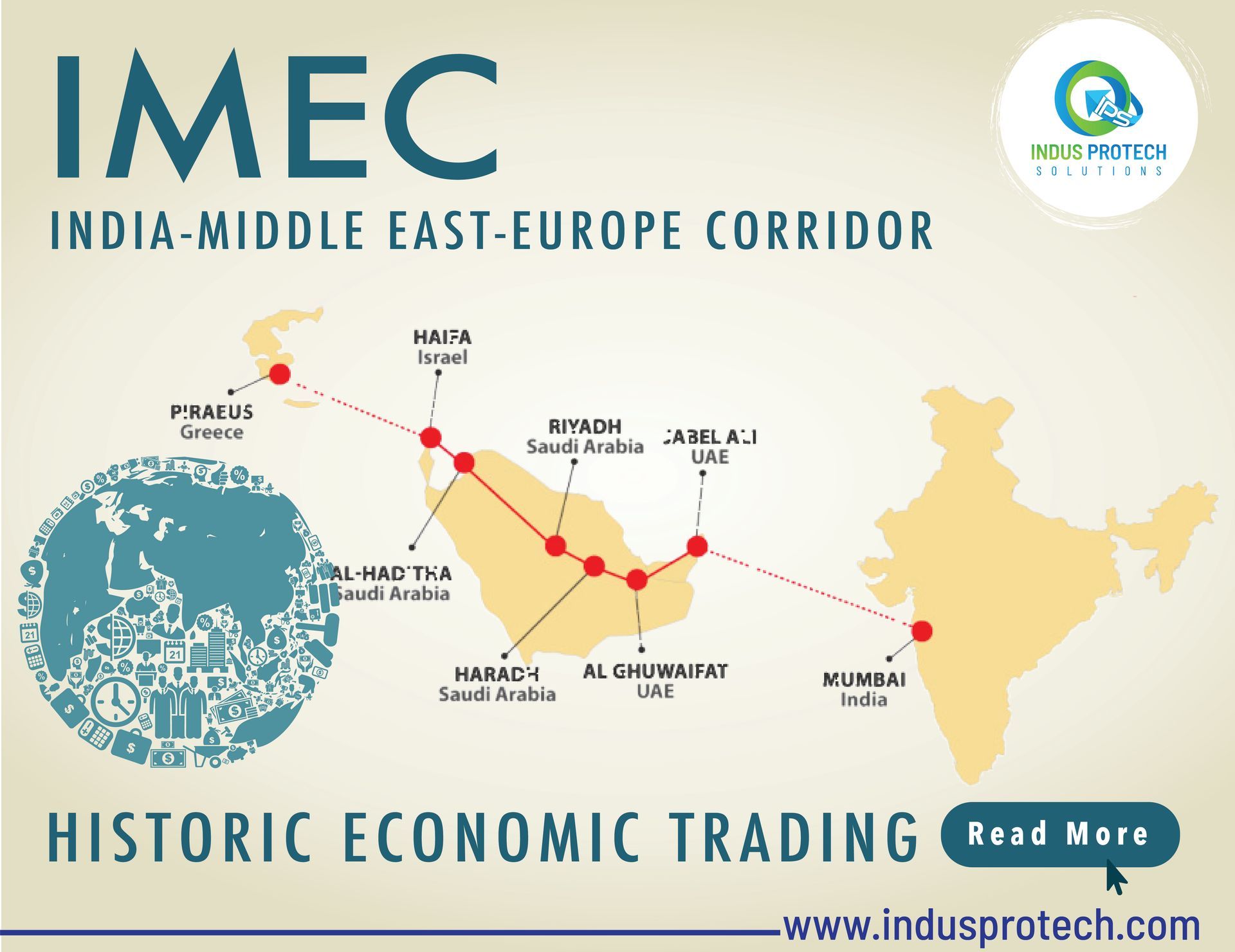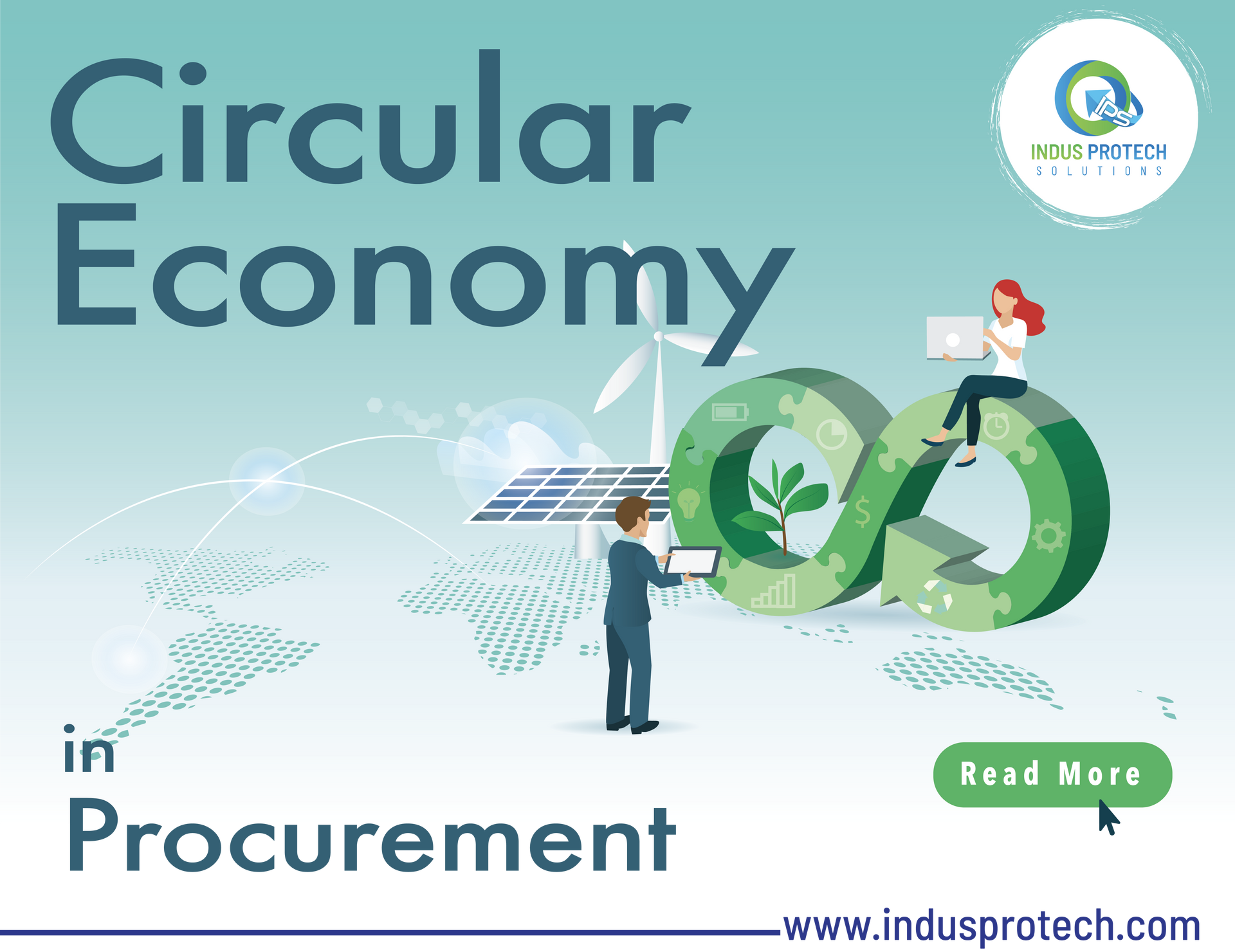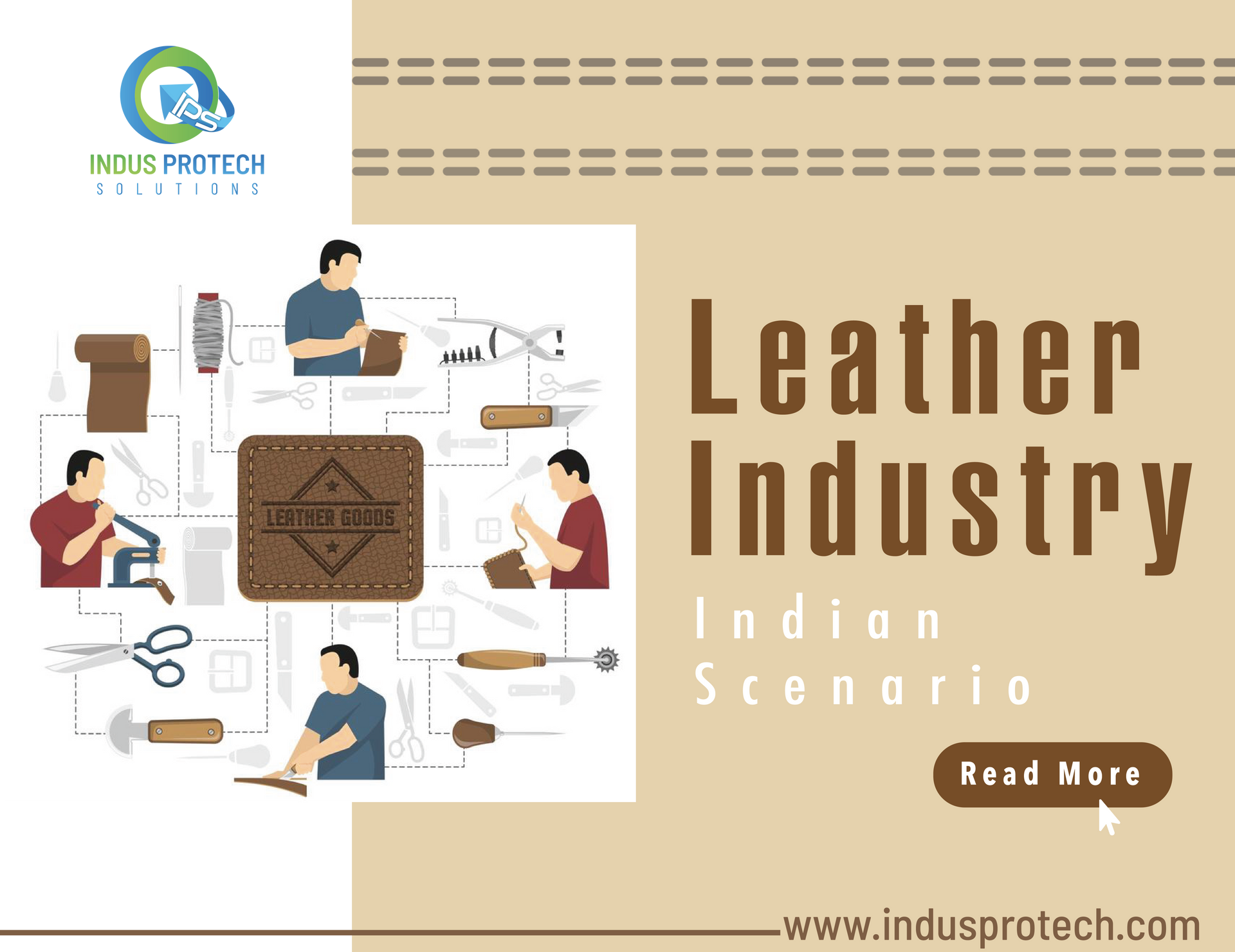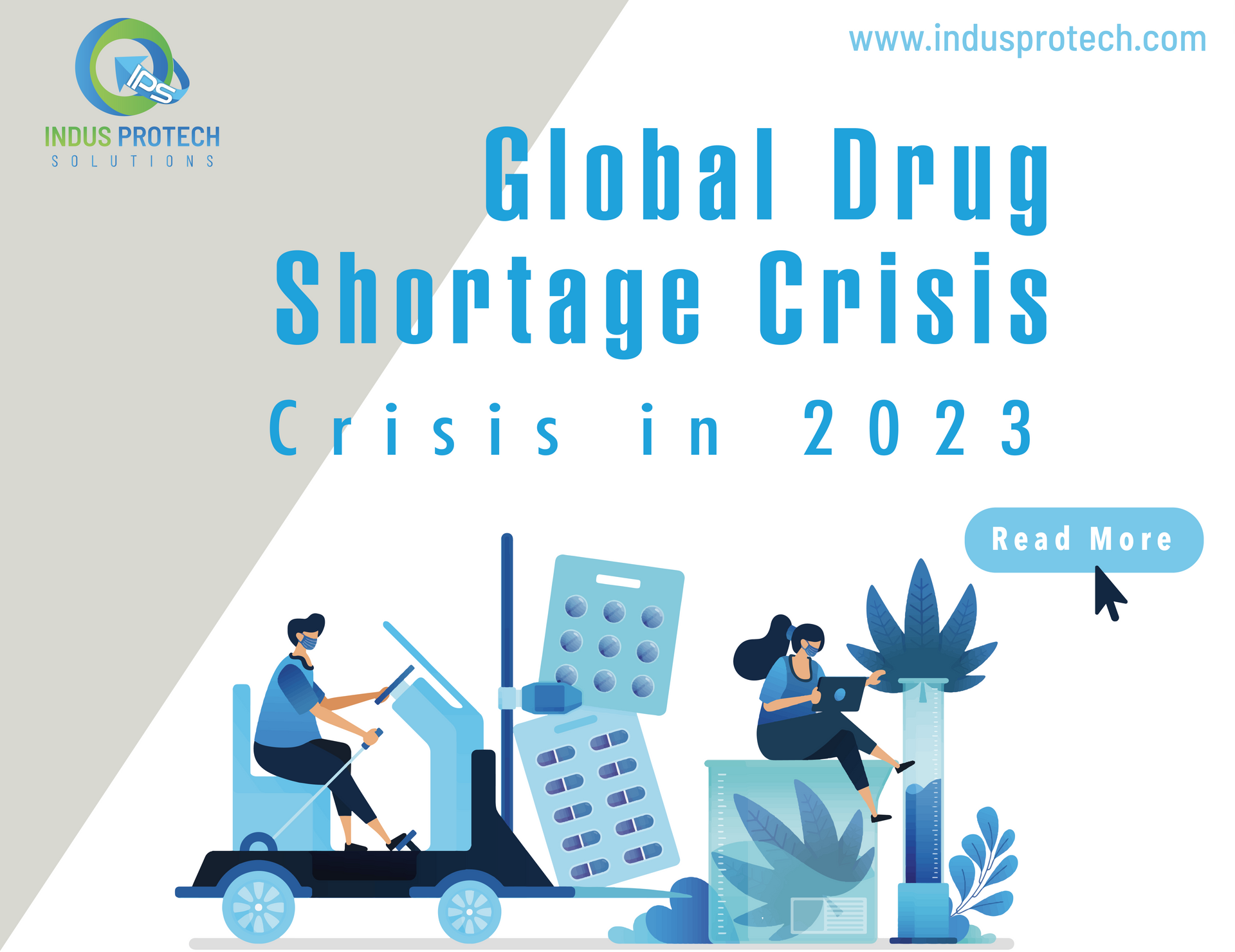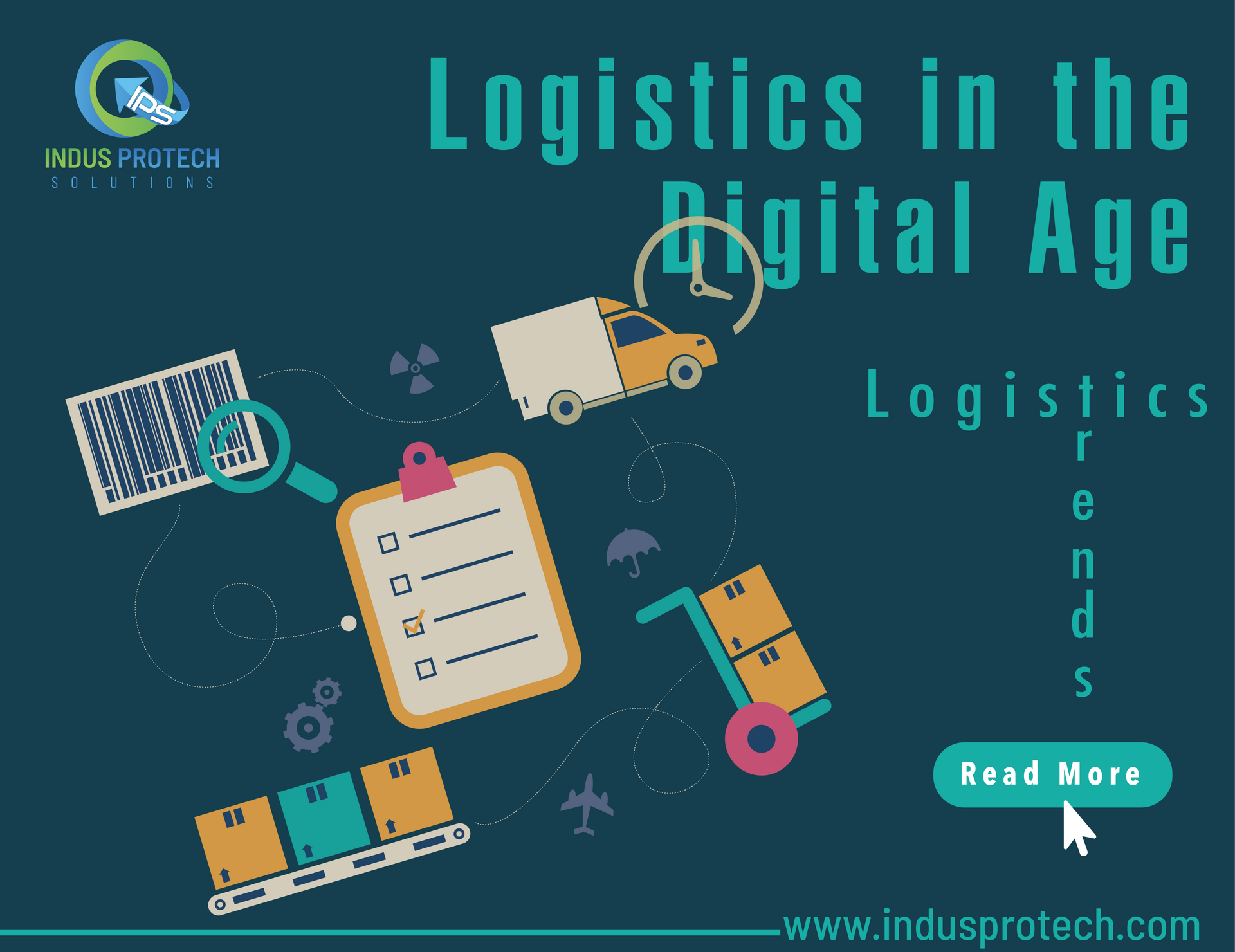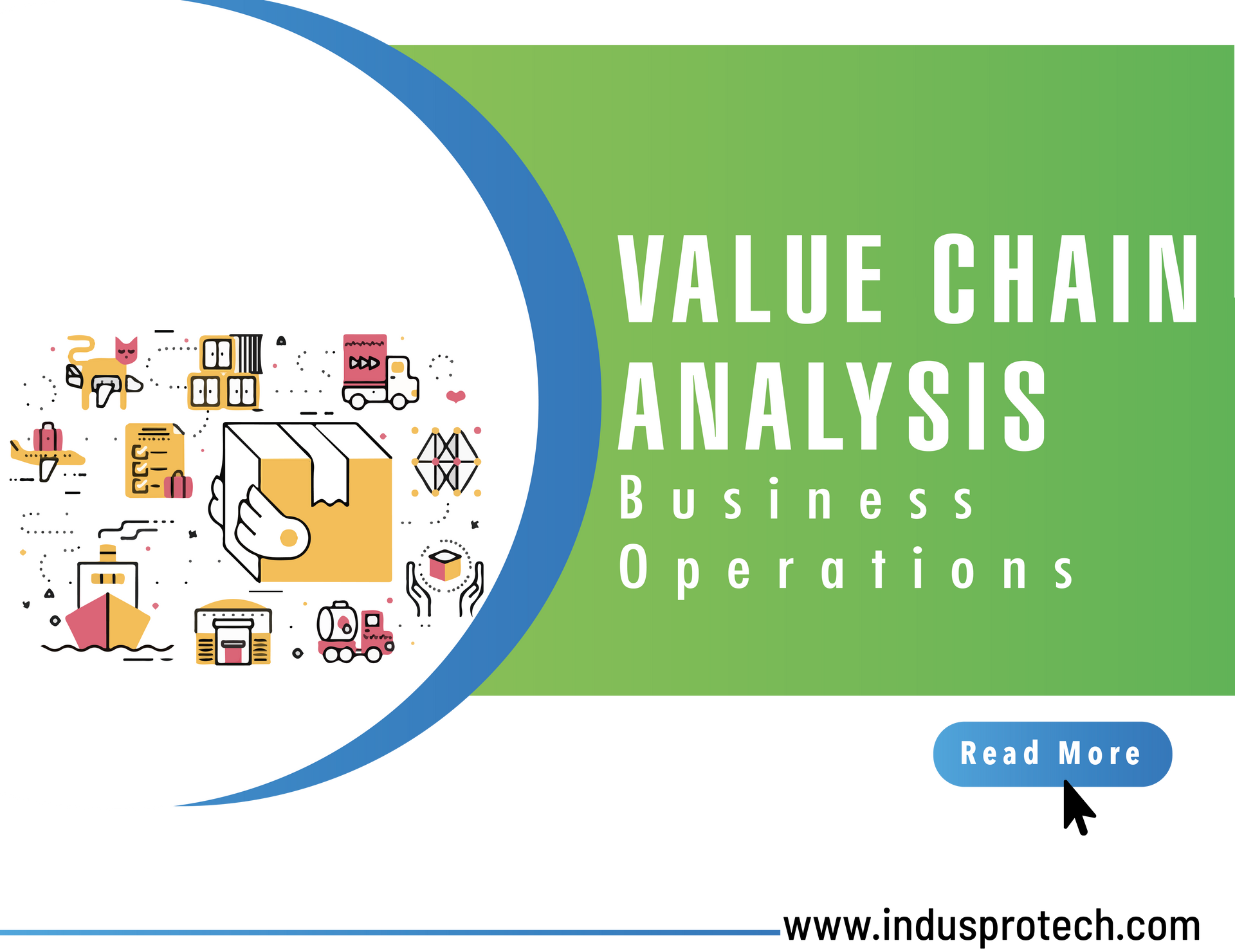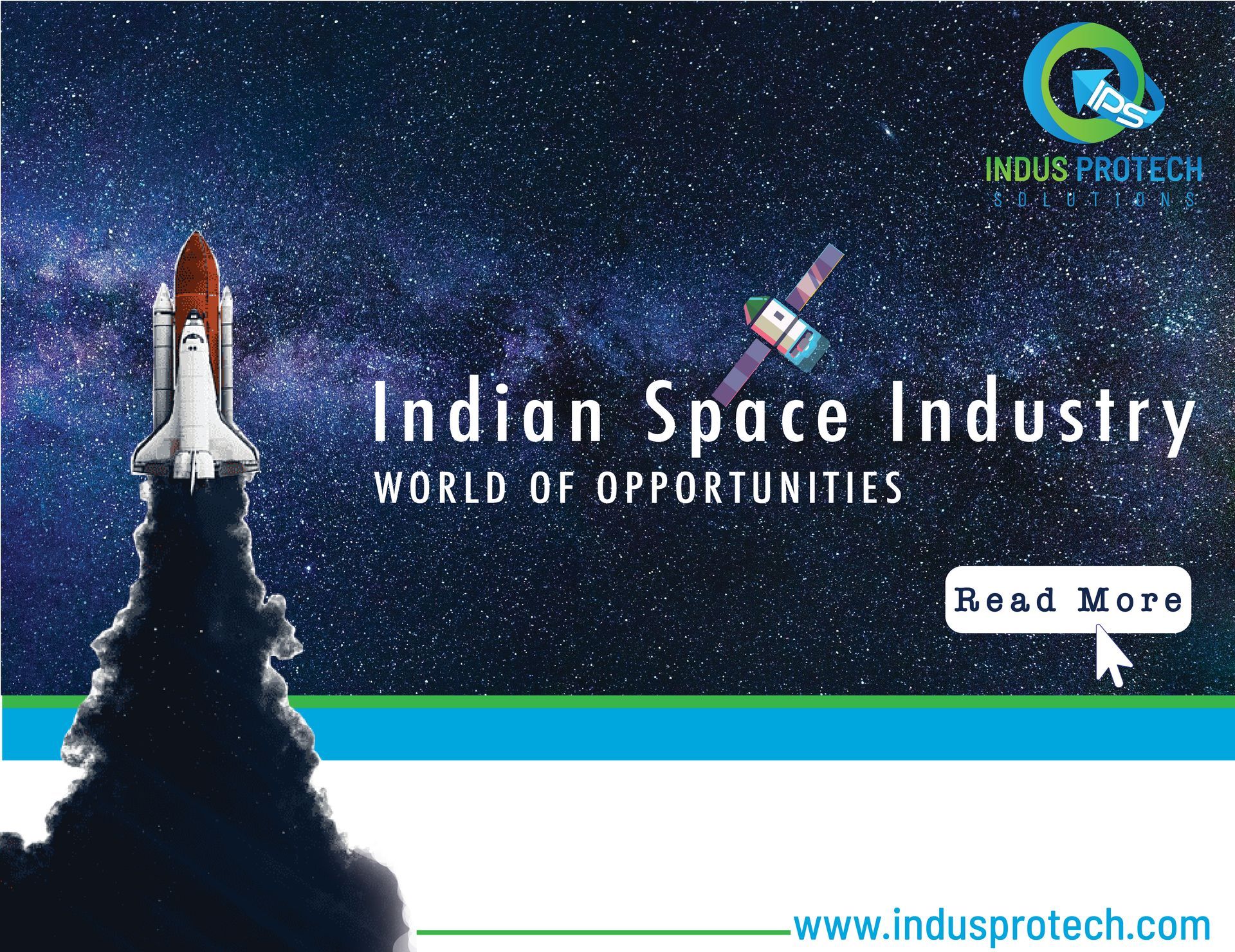The procurement process is a critical component of any business, as it directly impacts the bottom line. An efficient and effective procurement process can help firms and businesses reduce costs, improve quality, and increase supplier satisfaction. However, procurement is also a complex and time-consuming process, involving numerous stakeholders, multiple steps, and a sizeable amount of data. ChatGPT, developed by OpenAI has created a buzz in the recent days and in this blog, we will explore how ChatGPT can improve and streamline the procurement process and help reach the business to the next level with an edge.
1.Vendor selection
ChatGPT can provide information on different vendors, their offerings, and track records, which can help in making an informed decision on which vendor to choose for procurement. By having access to a wealth of information, procurement professionals can quickly and easily compare vendors and select the one that best fits their needs.
2.Enhancing efficiency
ChatGPT can automate many of the manual processes involved in procurement, reducing errors and increasing efficiency.
3. Contract review
ChatGPT can assist in reviewing contracts and identifying key provisions, such as delivery schedules, payment terms, and warranties. This can help procurement professionals negotiate better terms with the vendor and ensure that contracts are in line with the organisation’s goals and objectives.
4.Market research
ChatGPT can provide information on market trends, pricing, and industry insights, which can help procurement professionals make informed decisions about sourcing and purchasing products and services. This can lead to more effective negotiations and better outcomes for the business .
5.Spend analysis:
ChatGPT can assist in analysing procurement spend data to identify cost savings opportunities and inform future procurement strategies. This can help businesses reduce costs, improve efficiency, and increase their overall competitiveness.
6.Supplier relationship management
It can also provide guidance on supplier relationship management best practices, including communication, performance monitoring, and dispute resolution. By improving supplier relationships, businesses can foster long-term partnerships that can result in improved quality, reduced costs, and increased supplier satisfaction.


